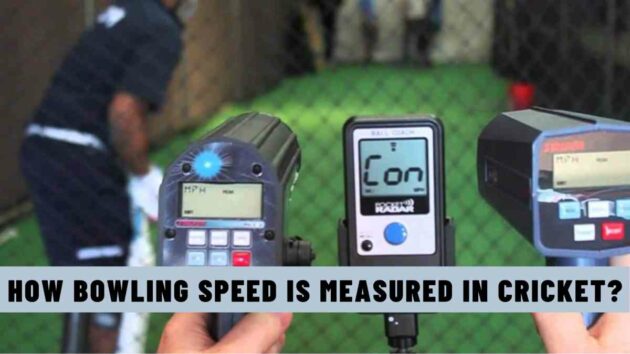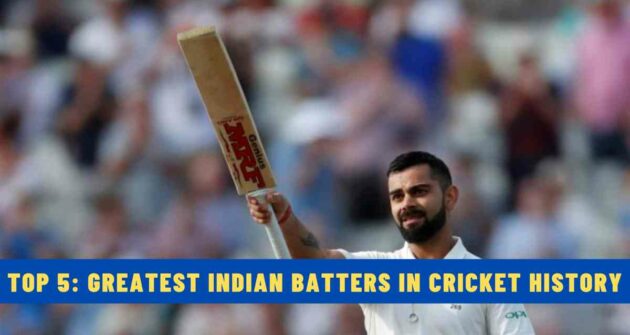Cricket is a game where every player’s performance is reviewed, whether it is the batter, bowler, fielder, or wicketkeeper. But have you ever wondered how the bowling speed of pacers is measured?
The answer to this question could be simple, but ever since the game got modernised, various techniques were put into use with the help of technology that has changed a lot. Like other sports, cricket has also witnessed innovation in technology that has changed the way the game is played.
Cricket has witnessed some of the deadliest pacers whose bowling speed amazed us, and it was mind-boggling to learn when their speeds were measured. In this piece, we take a look at how bowling speed is measured in cricket and how technology has changed the outlook of the game.
Table of Contents
Radar Guns & Speed Guns
These devices measure the speed of a cricket ball with the help of the Doppler effect. It consists of a receiver and transmitter that are placed near the sight screen on a pillar.
The speed gun transmits radio waves on the wicket to calculate the speed of an object on the wicket. Speed guns function similarly to the car speed radar that is used by the traffic police. These guns were first utilised in tennis to calculate the speed of the player’s service.
Radar guns work through the sonar method, where radio waves are captured when the ball is travelling through the air. The radar guns were first introduced during the 1950s and also in World Series Cricket that was played during the late 1970s, while the radar guns were introduced in 1999, but both of these technologies weren’t said to be accurate.
These techniques were discovered by John Baker in 1947. Speed gun sends the information to an image processing software that helps to track the ball on the wicket and shows the speed of the ball.
Benefits of Radar & Speed Guns
- Radar and speed guns identify the speed of the ball by measuring the speed of the rotating ball.
- When the ball passes in front of the radar gun, it calculates the speed, which is why whenever a bowler bowls, the speed is shown on the screen.
Apart from this, there is the Hawk-Eye technology.
Hawk Eye
Dr. Paul Hawkins discovered this technology, and it is used in cricket, football, tennis, and other sports. It was introduced in 2001 to identify brain surgery and missiles. It is accurate within 5 millimetres, and it is used for second opinions in sports.
Hawk-Eye is used to calculate the speed of the ball as it consists of 6 cameras. It measures the data to track the ball’s location after the bowler delivers the ball.
The speed and direction are measured in 3D format. It also helps the umpires to make LBW decisions by checking if the ball was in the line of stumps when it hit the batter’s pads. (Check how Hawk-Eye technology works here.)
Benefits of Hawk Eye
- It helps in tracking the speed and direction accurately, and it also tracks the swing of the ball.
- It helps to understand whether the ball is hitting the stumps or not.
- It also helps to know the legality of a delivery (15-degree angle).
Conclusion
As the game progressed, the technology has also reached its ultimate level and has played a big role in making the game evenly contested.
These two technologies have been beneficial in providing correct data and helping the officials make accurate decisions, making the game even more interesting. The real-time data has become precise and has played a crucial role in making correct decisions.
Read Next | The 10 Legendary Pacers in Cricket











